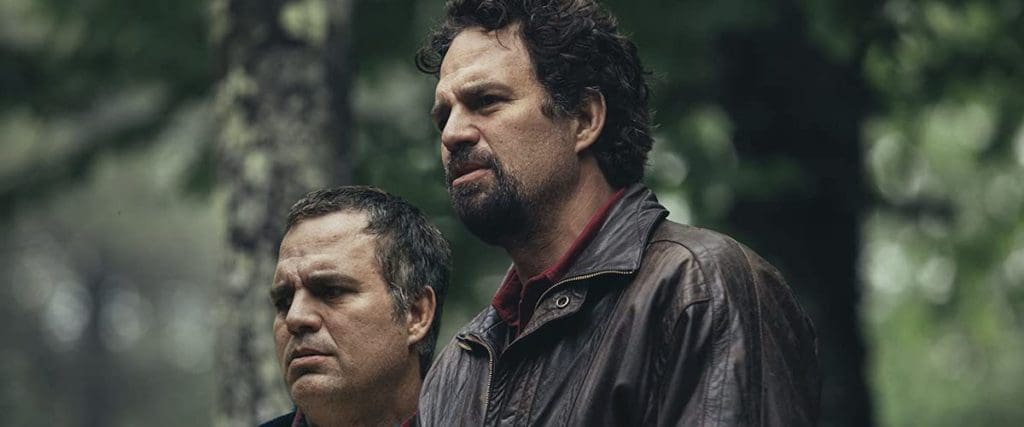
I Know This Much Is True is a book that was published in the late 1990s by Wally Lamb. Someone gave me a copy that year and I was riveted by the story of these identical brothers and how one has developed full-blown schizophrenia and the other is functioning in his adult world, but emotionally paralyzed.
It’s a dark, sad, harrowing tale about life, mental illness, bad stuff that happens along the way — most of it not of our choosing. When I think about the paths that set these two brothers up for a terrible time in life it has nothing to do with choice, but who they were born to and how they were raised — and by people who had their own traumatic history wrought on them by their elders. The lot of these brothers feels generational, set in stone before their bodies and spirits ever entered. So many of our stories are already written before we are born.
So, this story is a downer. It is difficult to read and now the book has come to the small screen in a six-part limited series that brings the story alive. I had appreciated the book two decades ago and now, having studied mental health counseling for the past four years, I was ready to see this show and look at this story through a more clinical lens. No matter how clinical my eye, this story breaks my heart.
Mark Ruffalo is amazing as he plays both twin brothers. I understand that he shot the scenes as Dominic and then returned months later, weighing 30 lbs more, to play his brother, Thomas. The cast is strong all around, and I get the sense where one brother may be psychologically weak the other has strength and vice versa. Still, for Dominic, who promises his Mother to care for his schizophrenic twin brother for the rest of his days, we get a keen sense of the pain it is to take on such a role.
Each episode, I am actually horrified at what I am watching. It’s not really the mental illness that unfolds in the story, but the everyday catastrophes that we have difficulty facing let alone ever recover from. Our own lives are made up of those moments, people, episodes of difficulty and the way the story is told there is really no place to hide from the raw power of pain.
I do want to recommend this book/show to you. Yes, it is difficult. Certainly, during this pandemic, it may not exactly strike your mood, but it’s worth a watch. This is a six-part series, I am two episodes in. Yes, I am overwhelmed, but I am also riveted for the next episode.

